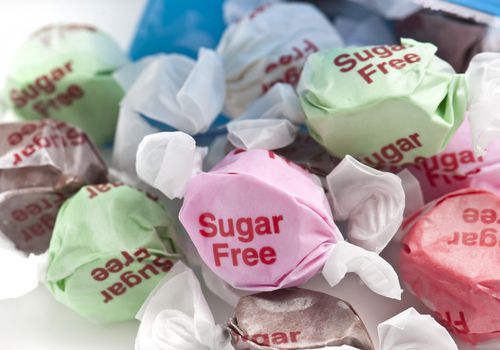Aug. 25, 2021
Maltitol is 90% as sweet as sucrose and has a mild sweetness with no aftertaste and an excellent taste. The caloric value is one-tenth of sucrose, providing 2.1 kcal per gram, which is a low-calorie functional sweetener. It is hygroscopic, difficult to be fermented by microorganisms, and has many excellent physiological functional properties. Maltitol has been widely used in the food, chemical, health care and cosmetic industries.

Functional properties of maltitol
Low calorie
Maltitol has a low utilization rate, is difficult to be digested and metabolized in animals, and is a low-calorie sweetener (generally considered to be only 2.1 kcal/g), thus avoiding the possibility of glycogen conversion to fat due to sugar consumption and greatly reducing the rate of human obesity.
Maltitol, when ingested, does not raise blood glucose or stimulate insulin secretion, thereby reducing lipoprotein lipase (LPL) and its activity, which plays a key role in the absorption of fat in the blood and storage in animal adipose tissue.
Inhibition of dental caries
Maltitol is not easily converted into acid by streptococci in the mouth and also inhibits the production of glucan by this bacteria, thus inhibiting the production of dental caries.
Promote the absorption of calcium
Maltitol improves the absorption and retention of calcium. Therefore, maltitol has a significant preventive and therapeutic effect on bone diseases caused by calcium intake but insufficient absorption in children and the elderly.
Applications of maltitol
In functional foods
Maltitol is hardly decomposed in the body, so it can be used as a food ingredient for diabetics and obese patients.
In candy and chocolate production
Due to its good flavor taste, good moisturizing and non-crystallizing properties, maltitol can be used to make various kinds of candies, including foamed marshmallows, hard candies, and clear soft candies.
In juice drinks
Maltitol has a certain viscosity and is difficult to ferment, so when making suspension juice drinks or lactic acid drinks, adding maltitol instead of sugar can make the drinks taste rich and lubricious.
In frozen food
The use of maltitol in ice cream gives the product a fine consistency, sweetness, and extended shelf life.
Previous: The role of trehalose